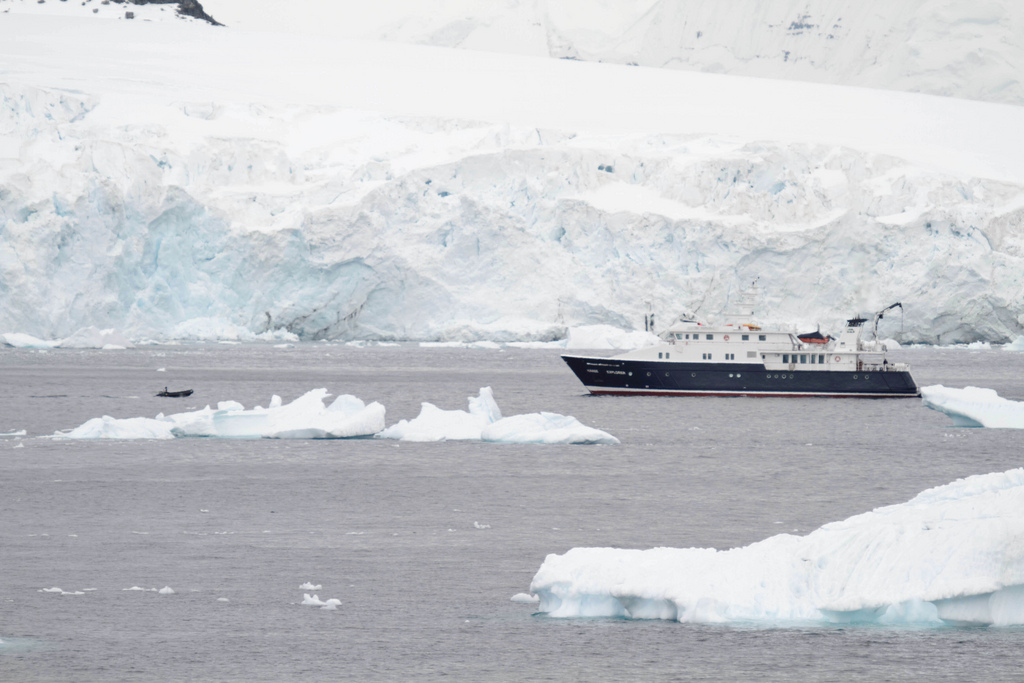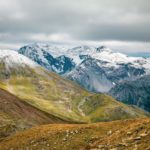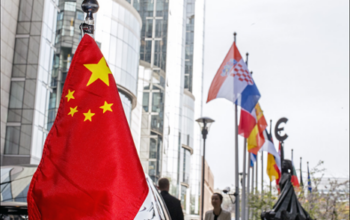Everybody knows who the Arctic belongs to: Santa Claus, no question. But what about the Antarctic? In comparison to the Arctic, it is a continent, way bigger, and was never a place to live for humans. But still, nations are competing for Antarctic territory. Why and with what consequences?
The Uniqueness of the Antarctic Ice
The Antarctic continent is a unique piece of land in many aspects. Its special landscape, flora and fauna attracts scientists from all over the world. And also in the political sphere it has an exceptional status. Since humans have never lived in the Antarctic, it has no native population and nation states were never formed. This does not mean that political interests would be absent from Antarctica. Because of its special situation, it has become a playground for testing political arrangements.
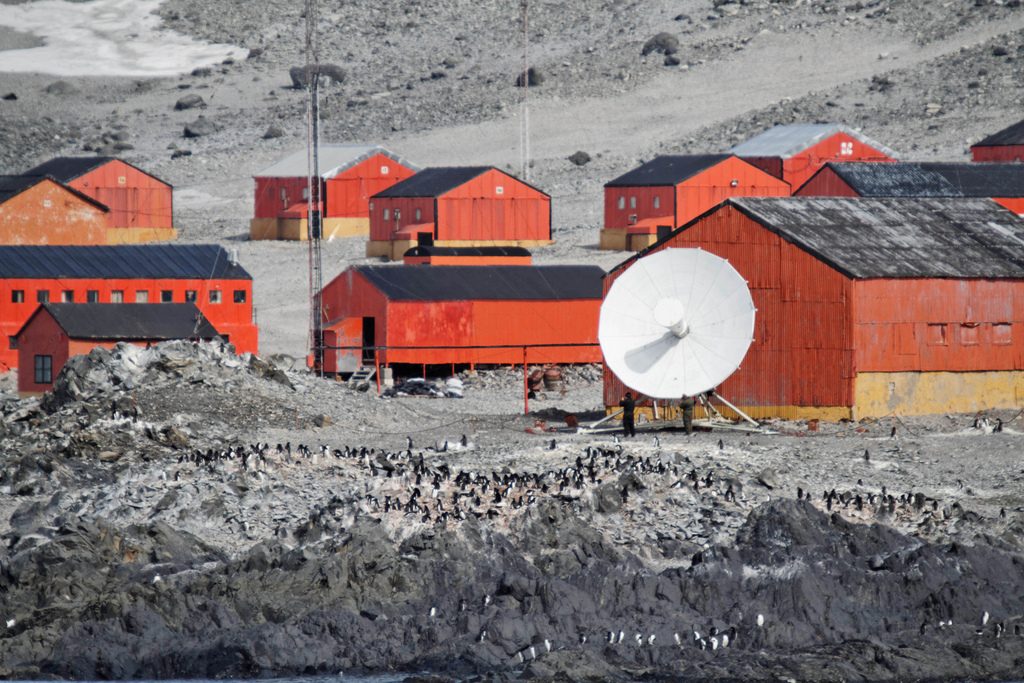
Everyone Gets a Slice
During the times of human discoveries and expeditions, the Antarctic was seen as a significant challenge for science and nations, which led to the famous race 1911 to be the first person at the South Pole between Amundsen (Norway) and Scott (UK).
This part of the world became interesting again during the Cold War–but not in terms of exploitation between the superpowers, as it was with the race into space or to the Mariana Trench. Instead, scientific research in the Antarctic expanded at the end of the 50s, built upon the exchange of knowledge within the international scientific community.
Naturally, some conflicts and disagreements existed, but in 1961 the Antarctic Treaty was created and signed, which fixed the political neutrality of the Antarctic, as well as that it cannot be used by any military or for the disposal of nuclear waste. For the protection of the Antarctic continent and for peaceful research, international cooperation is necessary, which is why the Treaty puts the discussion about claims aside.
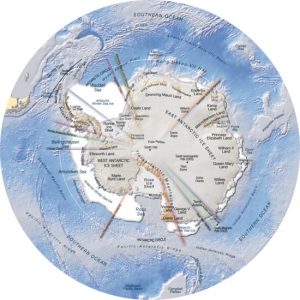 Seven nations had made territorial claims in the Antarctic before 1961: “New Zealand, Australia, France, Norway, the United Kingdom, Chile, and Argentina”. Those got accepted within the Atlantic Treaty (which was central for getting the countries to agree) with the condition, that these claims cannot change and no new claims can be raised. Plus, important for political peace: all countries that signed the treaty but do not possess a territorial claim, have access to the whole Antarctic region. The territorial claims therefore still exist unchanged today, looking on a map like irregular pieces of cake, with one piece unclaimed.
Seven nations had made territorial claims in the Antarctic before 1961: “New Zealand, Australia, France, Norway, the United Kingdom, Chile, and Argentina”. Those got accepted within the Atlantic Treaty (which was central for getting the countries to agree) with the condition, that these claims cannot change and no new claims can be raised. Plus, important for political peace: all countries that signed the treaty but do not possess a territorial claim, have access to the whole Antarctic region. The territorial claims therefore still exist unchanged today, looking on a map like irregular pieces of cake, with one piece unclaimed.
The governance of the Antarctic has always been an example of international communication, understanding and peaceful governance – during the Cold War as well as nowadays, in the absence of an Antarctic government. Countries that engage actively in the Antarctic research meet annually in the framework of the Antarctic Treaty to discuss governance and administrative questions.
The only residents in Antarctica these days are scientists. They come from various countries and work in research stations of their governments, whereby they are an example of international cooperation and understanding, within their scientific work as well as private life in the Antarctic.
The White Continent Becomes Interesting – Future Challenges
With the exhaustion of the earth’s natural resources, new interest in the Antarctic has been rising. Huge reserves of natural resources such as coal, oil and minerals are hidden under the ice that covers the Antarctic continent. With the contemporary technology, it would not make sense economically to get through to them, but in the future it certainly will. Furthermore, bioprospecting found with the wildlife in Antarctica make a new potential source for Genetics and Biochemicals.
For purposes of environmental protection, mining is forbidden; as is fishing. The question is, whether this will change and whether the Antarctic Treaty can be preserved under the new pressures. The rapidly growing tourism and the environmental questions are the biggest threats for the Antarctic itself and create challenges for its governance. The Antarctic ice is particularly sensitive to climate change and further melting will uncover under the ice’s hidden resources. The consequences might be a new heated-up competition among countries to save the access to these resources. The situation raises questions about who the resources belong to, and whether the Antarctic treaty will be able to govern and make decisions then.
The Antarctic Treaty was, until now, very successful in keeping peace, science as the priority of activity, and protecting the environment from exploitation. But the agreement on the ban of mining will end in 2048. Illegal fishing exists already and the question is whether states will, in the future, ignore the agreements that the peace in the Antarctic is built upon.
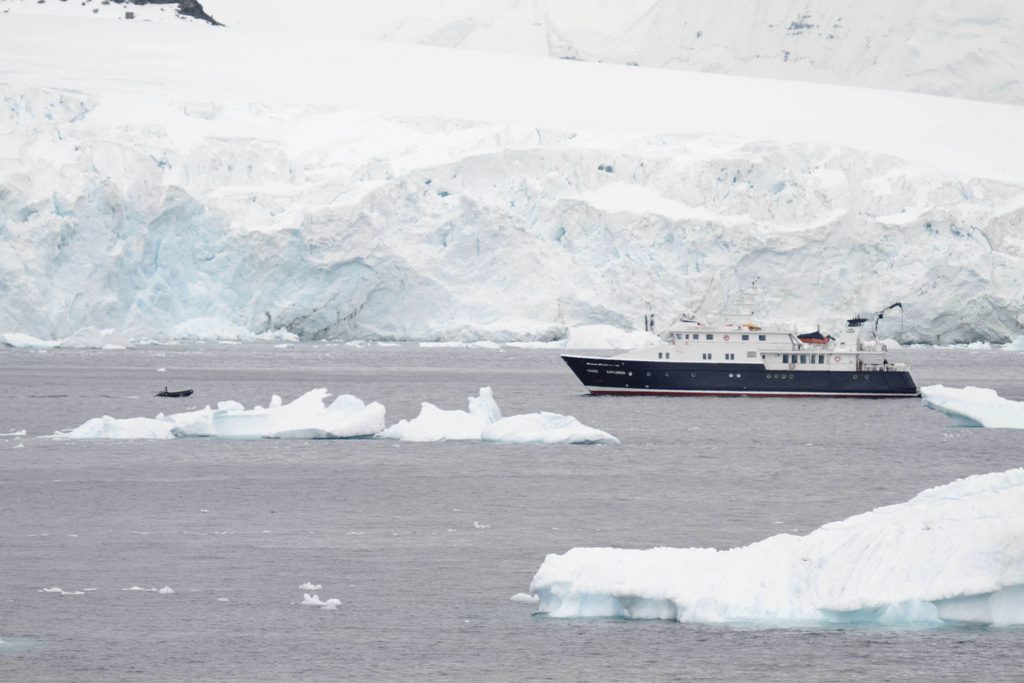
Questions to Ask
The pressure on the Antarctic will environmentally and politically increase in the decades to come. This article does not try to make predictions, since it is hard to foresee what will happen. It rather wants to pull back this often forgotten continent into everyone’s mind and point to the questions that will determine its future and that we should pay attention to:
Can the Antarctic Treaty be preserved as it functions today? Or does it need to be changed? What shape should it take? How can the international community react in case of treaty violations? Should the Antarctic belong to humans at all or should it be freed from our will to rule every part of the earth? Is it reasonable to uphold tourism in the Antarctic? These are questions to think about, that will determine the future of the Antarctic.
by Nina Kolarzik
Photo Credits
Ship in Antarctica, Ronald Woan, CC BY-NC 2.0
Research station in Antarctica, Ronald Woan, CC BY-NC 2.0
topographic map Antarctica, GRID Arendal, CC BY-NC-SA 2.0
